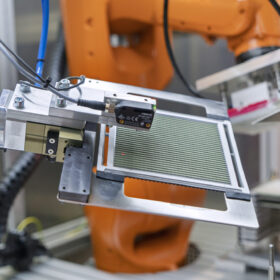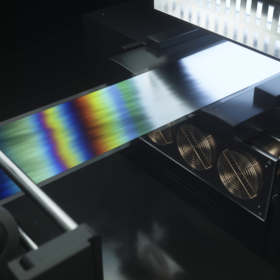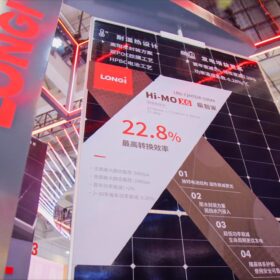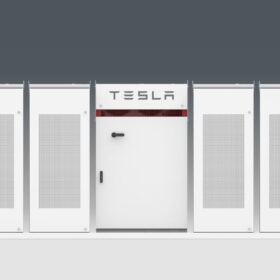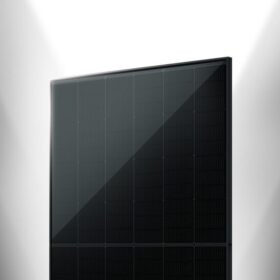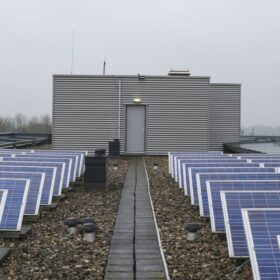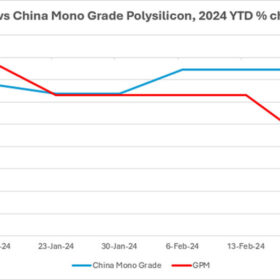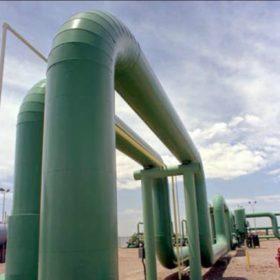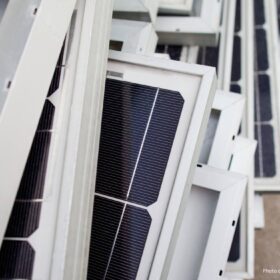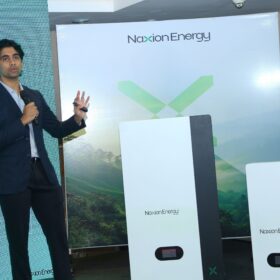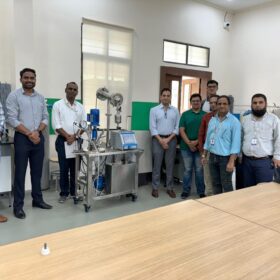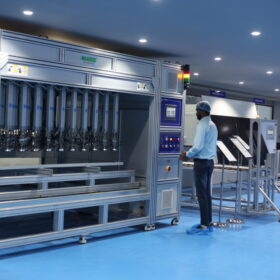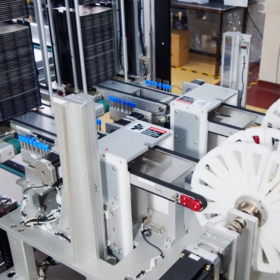Thyssenkrupp, Fraunhofer IKTS to set up 1 GW of electrolyzer production by 2030
Thyssenkrupp nucera and Fraunhofer IKTS want to develop and mass produce electrolyzers based on solid oxide electrolyzer cell (SOEC) technology. They are now setting up a pilot plant in Germany that is scheduled to start operations in about a year.
Perovskite thin film: Out with the old, in with the new
Silicon-perovskite tandem solar requires optimization of both approaches, and embodies the weaknesses of each. Meanwhile, the use of pure thin-film devices offers a cheaper, simpler, and more sustainable PV solution for the United States.
Longi introduces HPBC photovoltaic modules with 22.8% efficiency
The Chinese panel manufacturer said its new products have a temperature coefficient of -0.28%/C and a power output ranging from 565 W to 590 W. They rely on the company’s proprietary hybrid passivated back contact (HPBC) cell technology.
Battery prices collapsing, grid-tied energy storage expanding
From July 2023 through summer 2024, battery cell pricing is expected to plummet by more than 60% due to a surge in electric vehicle (EV) adoption and grid expansion in China and the United States.
Construction starts on polysilicon production facility in Oman
Construction has begun on a $1.35 billion polysilicon production facility in Oman, billed as the first project of its kind in the Middle East. It is scheduled to start operations next year, producing 100,000 metric tons of metallurgical silicon per year.
Trina Solar launches all-black 450 W solar modules
Trina Solar has developed all-black, 450 W solar modules, featuring n-type tunnel oxide passivated contact (TOPCon) solar cells, with a power conversion efficiency of 22.5%.
NatPower pledges £10 billion for battery storage rollout in the UK
NatPower UK says it will bring over 60 GWh of battery storage online in the UK by 2040. It has already set aside GBP 600 million ($769.8 million) for the development of substations and says large-scale solar and wind projects will be announced later this year.
Polysilicon prices further decouple, adverse factors thwart contract negotiations
In a new weekly update for pv magazine, OPIS, a Dow Jones company, offers bite-sized analysis on solar PV module supply and price trends.
The Hydrogen Stream: Greenzo Energy unveils 1 MW alkaline electrolyzer for green hydrogen production
Greenzo Energy India has unveiled its 1 MW alkaline electrolyzer developed using 100% local technology and components.
Manufacturers responsible for PV module disposal, confirms EU
The European Council has adopted new amendments to clarify which entities should bear the costs of managing electronic waste, including PV modules.
